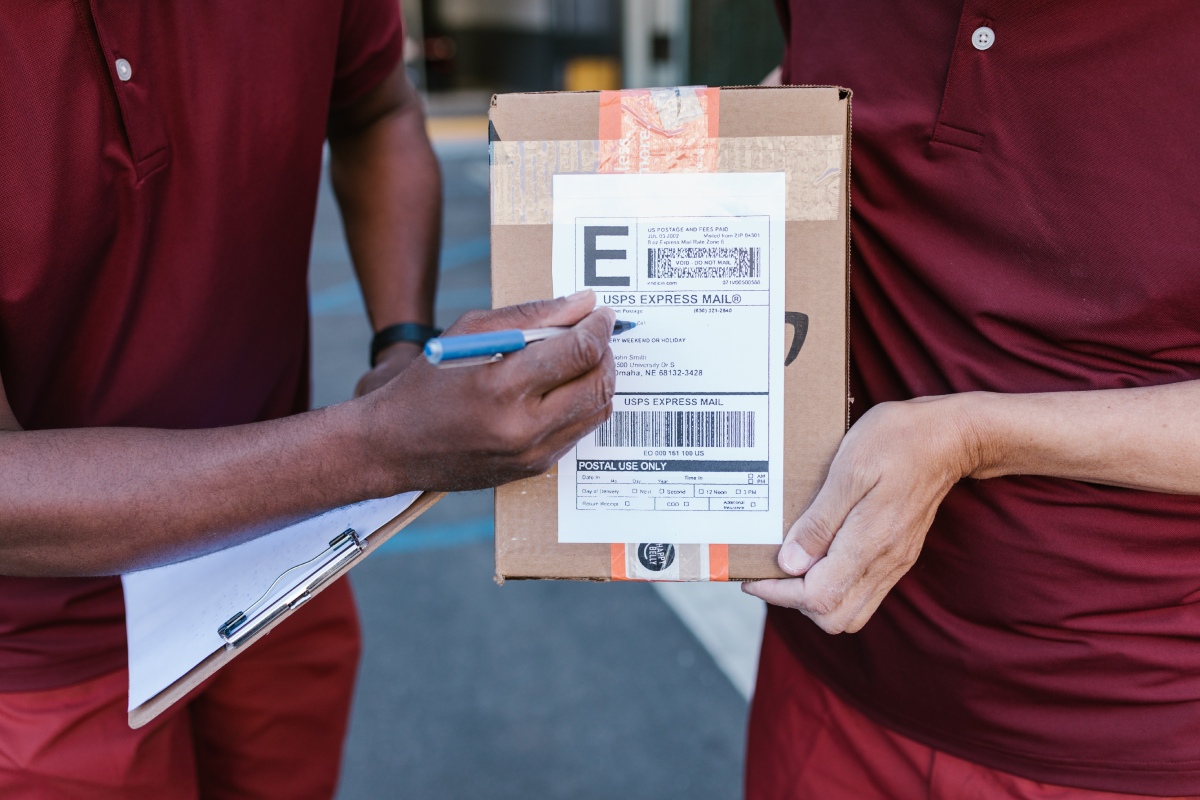If you run an e-commerce or online business, you’re likely familiar with the challenges of managing returns and exchanges. That’s where having a good RMA (Return Merchandise Authorization) can help.
In this article, we’ll cover everything you need to know about RMA, including the RMA meaning, how it works, and best practices for implementing it in your business. We’ll provide the key points that you need to create a successful return process. Keep reading! 👀

The meaning of RMA is Return Merchandise Authorization (RMA) and it refers to a procedure that allows companies to track and process customer returns, in the event that they request a repair, replacement, or refund. This system streamlines the return process, allowing businesses to manage their returns efficiently and helping them determine the validity of the issue.
Remember that a return merchandise authorization is an important part of delivering good customer service and ensuring that products are returned in a timely and efficient way.
An RMA number is a unique identifier that businesses assign to a customer’s return and allows businesses to track the status of the return, ensuring that the process runs smoothly.
If a customer wants to return an item bought from a company, the business provides the consumer with a Return Merchandise Authorization number, that is typically generated once the return has been approved.
An RMA form is a document that customers use to initiate the return process.
Some key fields to consider including are:

The RMA process starts with a customer requesting a Return Merchandise Authorization, and then involves several steps, including:
💡 Make sure your Return and Refund Policy is clearly visible on your website and includes easy-to-follow instructions on how to start a return.
Usually, the shipping costs for an RMA are borne by the consumer, but this is something you must inform them of beforehand in your return policy.
However, if the return is the cause of a damaged or faulty item, the seller usually covers the RMA shipping costs.
It’s totally normal for customers to request returns when they shop online, so it’s important to have a return process that’s easy to use and keeps them happy.
When creating your returns system, it’s essential to keep things simple. Make sure to provide clear instructions on how to initiate a return and what steps the customer should take.
To make things easier for both you and your customers, there are some key elements you should consider including in your RMA system:
✅ A well-written returns and refunds policy
This document is crucial for any business that accepts returns. This policy should be clear and concise, and outline the conditions for returns, time limits for returns, and any other relevant information. A well-drafted policy that has been written by legal experts can help avoid disputes and ensure that returns are processed smoothly.
✅ Correct segmentation of refundable and non-refundable items
This is an essential point of any RMA process. In this way, companies can avoid unnecessary returns and ensure that they only accept returns of products that can be refunded or exchanged.
✅ A virtual wallet function
Another convenient feature, it allows customers to store refunded or exchanged funds in a virtual wallet, which they can use for future purchases. Not only does this benefit the customer by providing a convenient payment method, but it also benefits the business by encouraging customers to use their money back in your business.
✅ Return labels
These are key as they make the return process more convenient for the customer. By including a printed or downloadable RMA return label with all the necessary information about the product and the return, businesses can simplify the return process and reduce the hassle for the customer.
✅ A fast and efficient process
This is an essential aspect of customer satisfaction. This can lead to positive feedback, repetition of purchase and a better reputation for your business.
If you’re running an online business that sells products, you might want to consider using a return merchandise authorization system. It may help to manage the returns process efficiently, ensuring that returns are processed in a timely and accurate manner.
Implementing an efficient RMA system is crucial to maintain a good reputation for your business and keep customers coming back.
Remember, while it’s impossible to completely avoid refund requests, there are some things you can do to minimize them in addition to having a structured RMA system.
It’s important to display your RMA information in a visible and accessible location on your website. This information should include your return and refund policy, the RMA process, and any other relevant details.
💡 Your refund policy should be included in your Terms and Conditions document in a conspicuous manner. However, keep in mind it is only one part of it. This document should mention other important information.
Remember that it is also good practice to include the returns’ policy information on product pages, as well as the link to your terms and conditions on checkout pages.
Terms and Conditions are strongly recommended because they contain all the information about the conditions of sale and disclosures on methods of payment, shipping and return, delivery, withdrawals, cancellation conditions, warranties, etc.
Our Terms and Conditions Generator helps you to create a Terms and Conditions document in just a few minutes.
🚀 Select disclosures specific to your business among 100+ pre-drafted clauses, including refunds and more;
🚀 Follow the instructions to easily install the document on your website!
The solution to draft, update and maintain your Terms and Conditions. Optimised for eCommerce, marketplace, SaaS, apps & more.